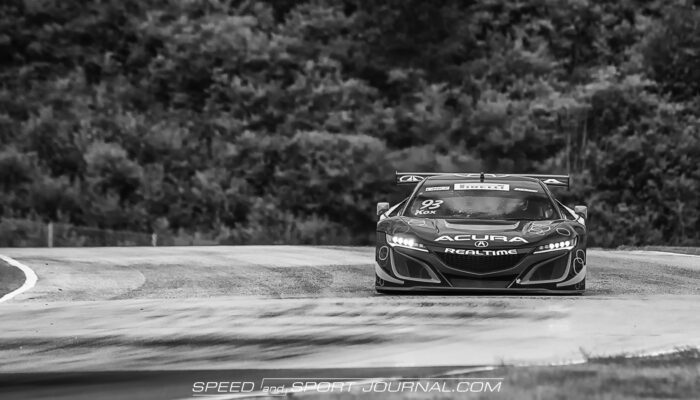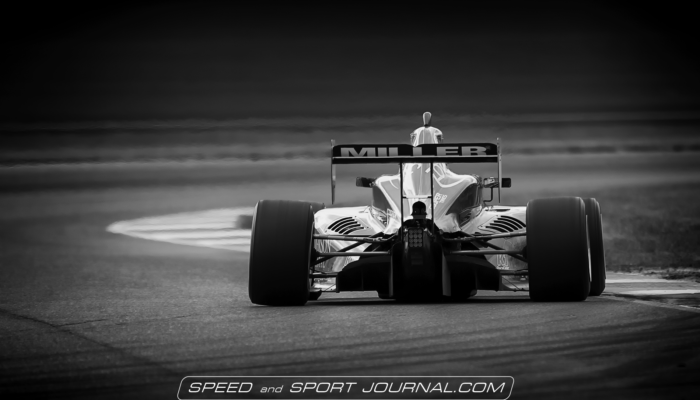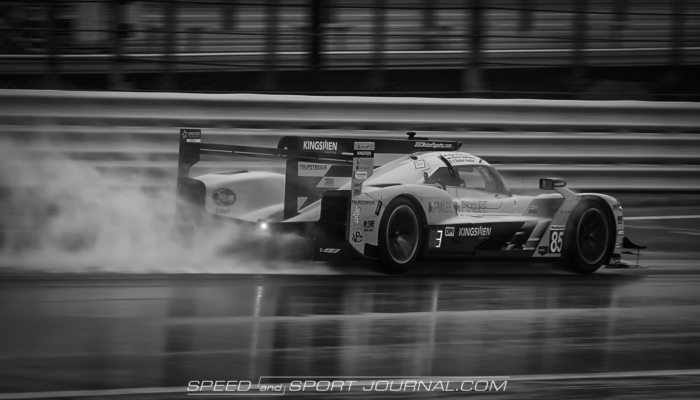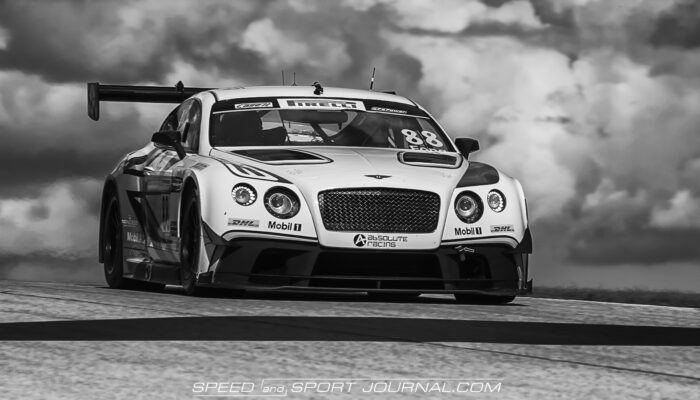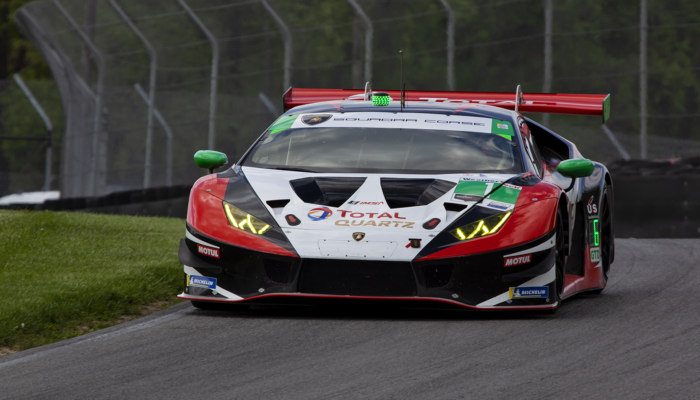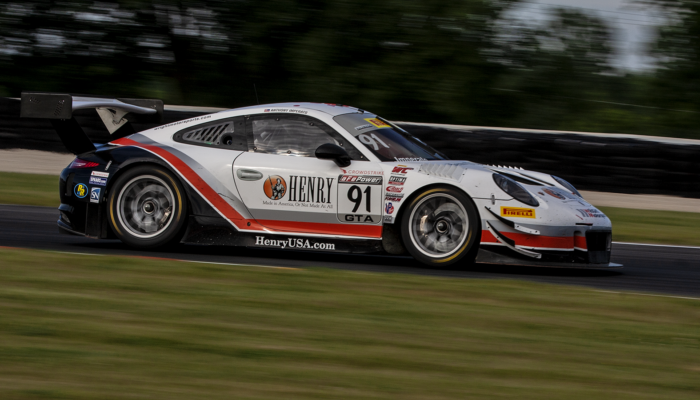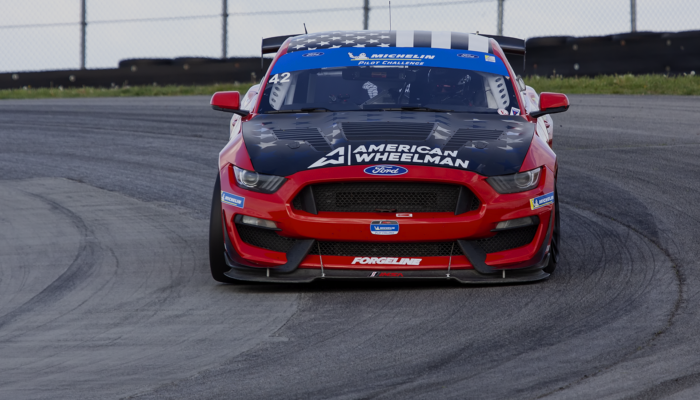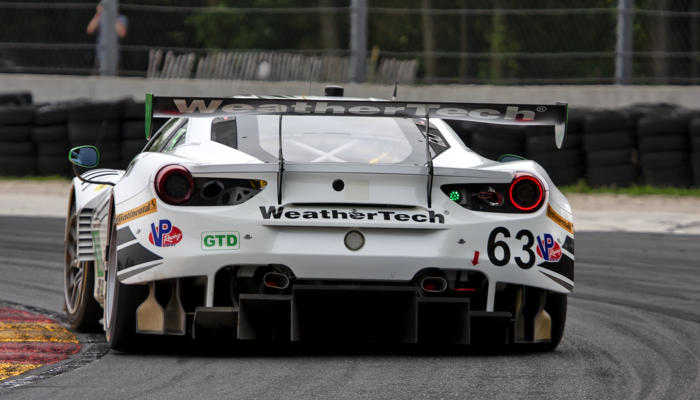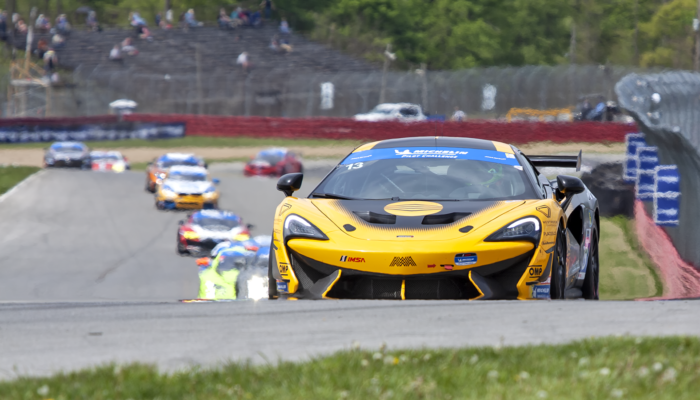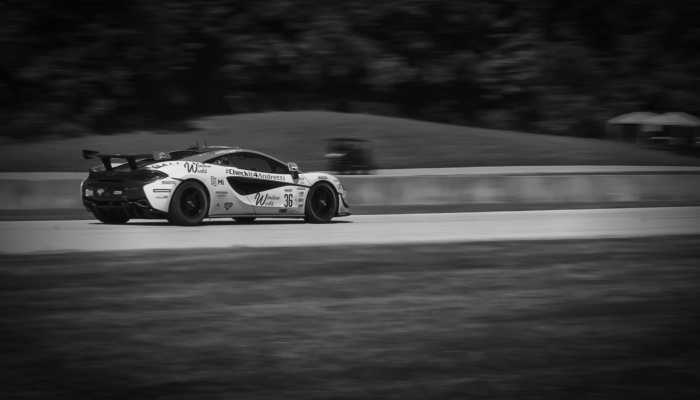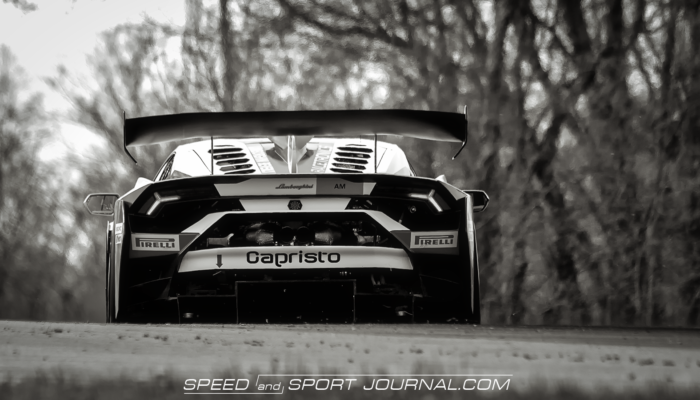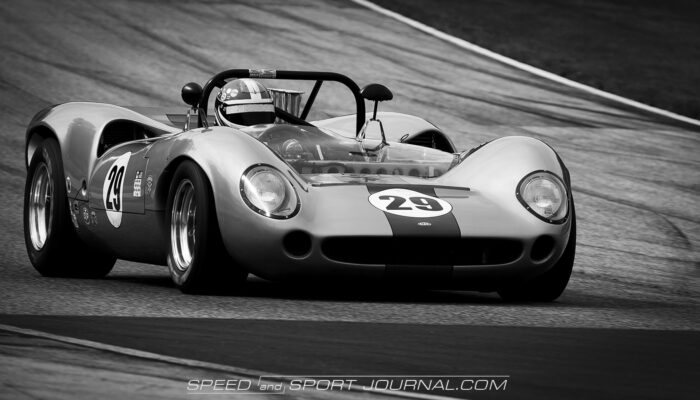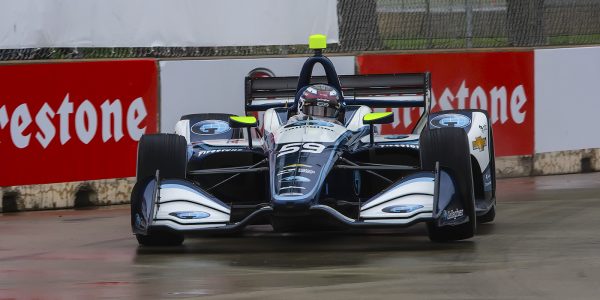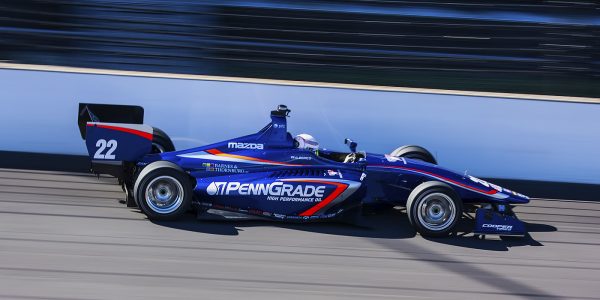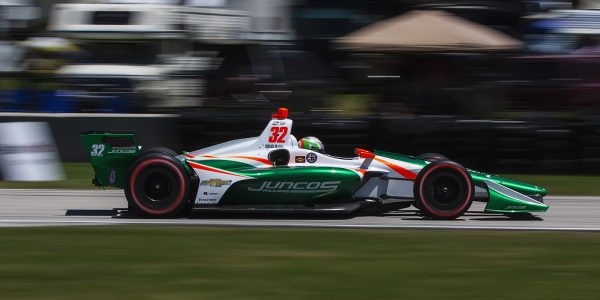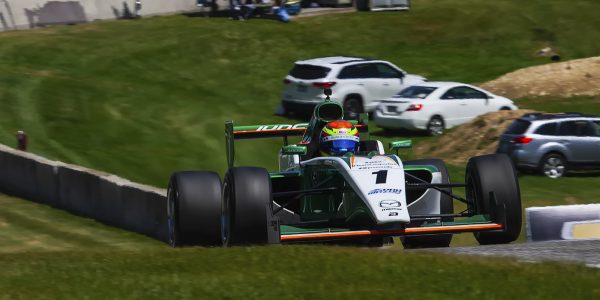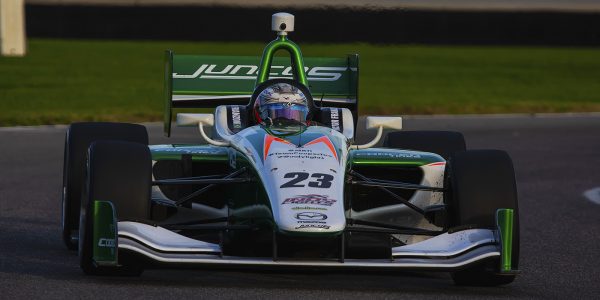Black and White motorsports photography while once the norm is now a speciality form of photography. Many try it, few do it well. In this day and age fo high megapixel color photography, black and white gets relegated to a seldom used, or just lost art form.
When considering wether too process a photo for black and white, the first thing you have to understand is that not every shot will look good in this medium. Shots with busy and distracting backgrounds will not work. Next you have to consider the subject matter. Dark blue, green, and black cars or bikes are likely to lose a lot of detail in conversion, and just look like a badly underexposed image. Packs of multiple vehicles close together will leave the viewers eye wandering trying to find the main subject of the shot.
When going through your work, look for shots with one or two subjects isolated on a relatively clear background. This will take the viewers eye directly to the main subject. From there they can explore the rest of the image. If the background is slightly blurred, that makes it even better. Overcast and rainy days also lend themselves well to black and white. All in all you should choose your subject matter carefully.
As for tools, any image editor will give you good results as long as you take the time to learn what you can do with the tools at hand. Spend some time experimenting with sliders and filters to squeeze the most you can out of your software. Just selecting convert to black and white from a preset menu will give you mediocre results at best. I’m partial to NIK Filters Silver Effects for black and white conversion. There are several other stand alone, or plug in programs out there, but this is my personal favorite. So all that is left to do is jump into the deep end, and see what you can create.
Article inspired by Kurt Roussell @ Fast Car Photos.
Joel

